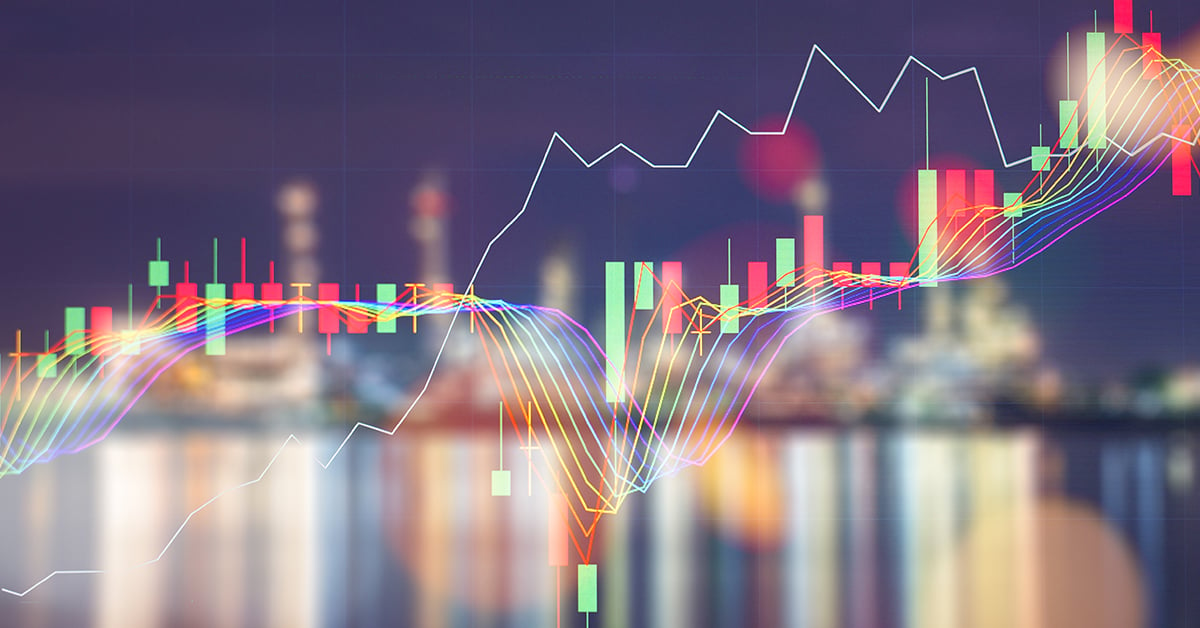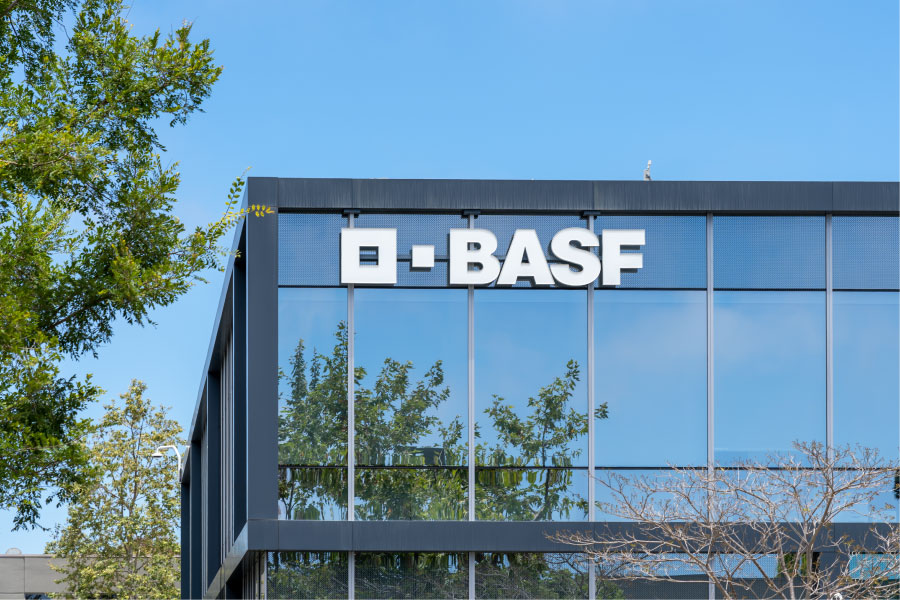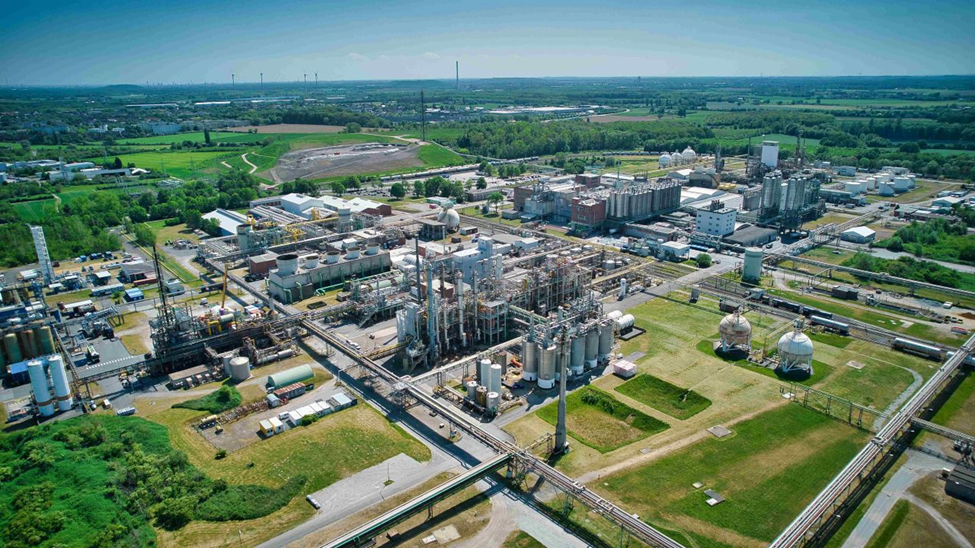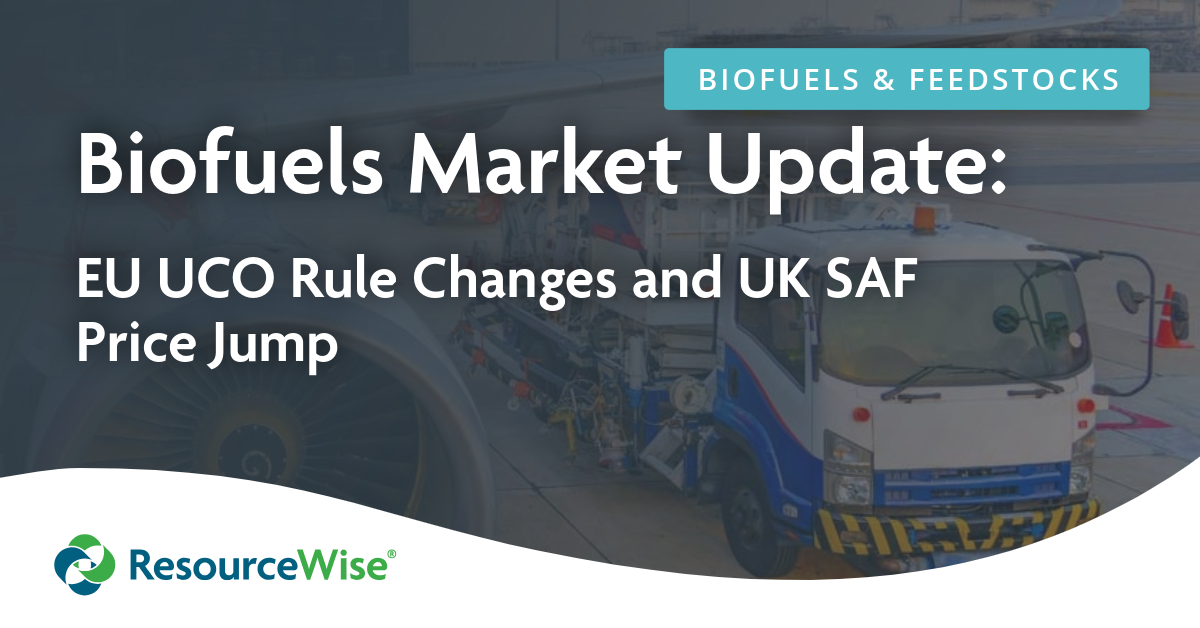3 min read
October 2025 Chemical Industry Update: Navigating Volatility and Innovation
ResourceWise
:
Oct 27, 2025 1:50:39 PM

In the first month of the final quarter of 2025, the industry continues to grapple with overcapacity, geopolitical shifts, and a strong push toward sustainability. This month, we've seen significant developments that underscore these themes, from high-value M&A deals to plant closures reflecting Europe's structural challenges. Let's dive into the key trends, deals, and innovations shaping the landscape.
Key Global Trade News and Trends
The first weeks of October have highlighted persistent pressures in the chemical sector. Overcapacity remains a dominant issue, particularly in Asia, where China's 93% surplus in products like epichlorohydrin is reshaping global trade flows. This affects key chemicals such as epichlorohydrin, polyamides (PA66), and ethylene, leading to Western companies exiting unprofitable segments.
Geopolitical developments offer a mixed picture. China's decision to ease export restrictions on rare earths has alleviated some supply chain concerns, indirectly benefiting bio-materials and polyester intermediates used in electronics and EV batteries. Meanwhile, Russia and Iran's shift to 80% non-dollar trade, including chemical products, signals growing independence from traditional currencies amid ongoing sanctions.
Sustainability is gaining momentum, with the EU's Clean Industrial Deal addressing a 5% capacity loss through initiatives like CO2 capture. Innovations in metal-organic frameworks (MOFs) are enabling better gas storage and emissions reduction, aligning with low-carbon transitions in chlor-alkali derivatives. Globally, renewables have surpassed coal in energy production, supporting shifts away from fossil-based feedstocks toward bio-alternatives like PLA/PHA and fatty acids.
Regionally, India's ambitious $37 billion investment in petrochemical capacity positions it to capture one-third of global additions by 2030, boosting trade in benzene, PET, and paraxylene. In contrast, Europe's high energy costs are prompting cuts, as seen with Ineos.
Major M&A Deals
October has been marked by strategic realignments, with deal values in oil, gas, and chemicals surging to $42 billion—up dramatically from the previous quarter. Focus areas include debt reduction and portfolio optimization in petrochemicals and specialties.

BASF office building in San Diego, CA, USA. BASF SE is a German multinational chemical company. Image Source: Adobe Stock.
A standout transaction is BASF's agreement to sell a majority stake in its coatings business to Carlyle Group, backed by the Qatar Investment Authority. Valued at €7.7 billion, the deal sees BASF retaining 40% ownership and receiving €5.8 billion in cash upon closing in Q2 2026, pending regulatory approval.
The carve-out includes automotive OEM, refinish coatings, and surface treatments for metals, plastics, and glass, creating a standalone company with €3.8 billion in 2024 sales across Europe, the Americas, and Asia-Pacific. Carlyle plans to expand capabilities with the existing team, drawing on experience from similar deals like Axalta and Nouryon. This values the full division at €8.7 billion, or 13 times 2024 EBITDA, following BASF's earlier divestment of decorative paints.

Envalior logo, representing the engineering materials joint venture. Image Source: just-auto.com
In another move, Lanxess exercised its right to sell its 40.94% stake in engineering materials company Envalior to joint venture partner Advent International in 2026. Announced in late September but progressing into October, the deal has a base price of €1.2 billion based on a 2023 valuation. Advent must acquire all or half of the shares by April 1, 2026, subject to financing, with final details by March 2026.
Envalior, formed in April 2023, combines Lanxess's High Performance Materials (valued at €2.5 billion) with Royal DSM's Engineering Materials. Lanxess received an initial €1.3 billion payment, and if the sale isn't completed, further opportunities will arise.
Berkshire Hathaway's $9.7 billion acquisition of OxyChem early in the month bolsters exposure to PVC, caustic soda, chlorine, and EDC/VCM, aiding Occidental's debt reduction.
|
Deal |
Date/Details |
Involved Chemicals/Impact |
|
BASF Coatings to Carlyle |
October 10, 2025; €7.7B |
Epoxy resins, acrylate esters; realigns portfolio amid overcapacity. |
|
Lanxess Envalior Stake to Advent |
Late September 2025 (ongoing); €1.2B base |
Polyamides, engineering thermoplastics; strengthens Advent's control. |
|
Berkshire Acquires OxyChem |
Early October 2025; $9.7B |
PVC, caustic soda, chlorine; reduces debt, enhances commodity position. |
|
Paradeep Phosphates Merges with Mangalore Chemicals |
October 17, 2025 |
Ammonium sulfate (adjacent); bolsters Indian supply chains. |
Commercial Innovations
Innovation in October centers on sustainable technologies. The 2025 Nobel Prize in Chemistry awarded to Susumu Kitagawa, Omar Yaghi, and Michael Robson for metal-organic frameworks (MOFs) highlights breakthroughs in CO2 capture and toxic gas containment. Scalable for semiconductors and petrochemicals, MOFs promise emissions reductions in epoxy resins and acrylates.
Soft materials mimicking nervous systems advance bio-materials like PLA/PHA and polyols for robotics and medical applications. Biotech launches, including Soufflé and Nilo, focus on succinic acid derivatives for pharmaceuticals.
A patented mobile chemical-fuel laser using nitrogen trifluoride-ethylene offers defense applications tied to chlor-alkali. Efforts to improve lab accessibility for STEM students enhance R&D across chemical families.

Aerial view of Ineos Rheinberg site, site of recent closures. Image Source: ineos.com.
On the operational side, Ineos confirmed closures at its Rheinberg, Germany, site due to escalating energy and carbon costs, labeling Europe's chemical production at a "breaking point." The shutdowns affect the allylics unit (key for epoxy resins) and an electrochemical facility (producing chlorine and caustic soda), potentially tightening supply of chlor-alkali products, epichlorohydrin, and downstream derivatives. This mirrors weakness in coatings and composites, with 175 jobs lost, though PVC operations preserve 300 positions. Ineos Inovyn's CEO, Stephen Dossett, warned of further closures without intervention. Separately, chloromethane production at Tavaux, France, will mothball from September 2025, following closures in the UK, Belgium, Germany, and Spain.




